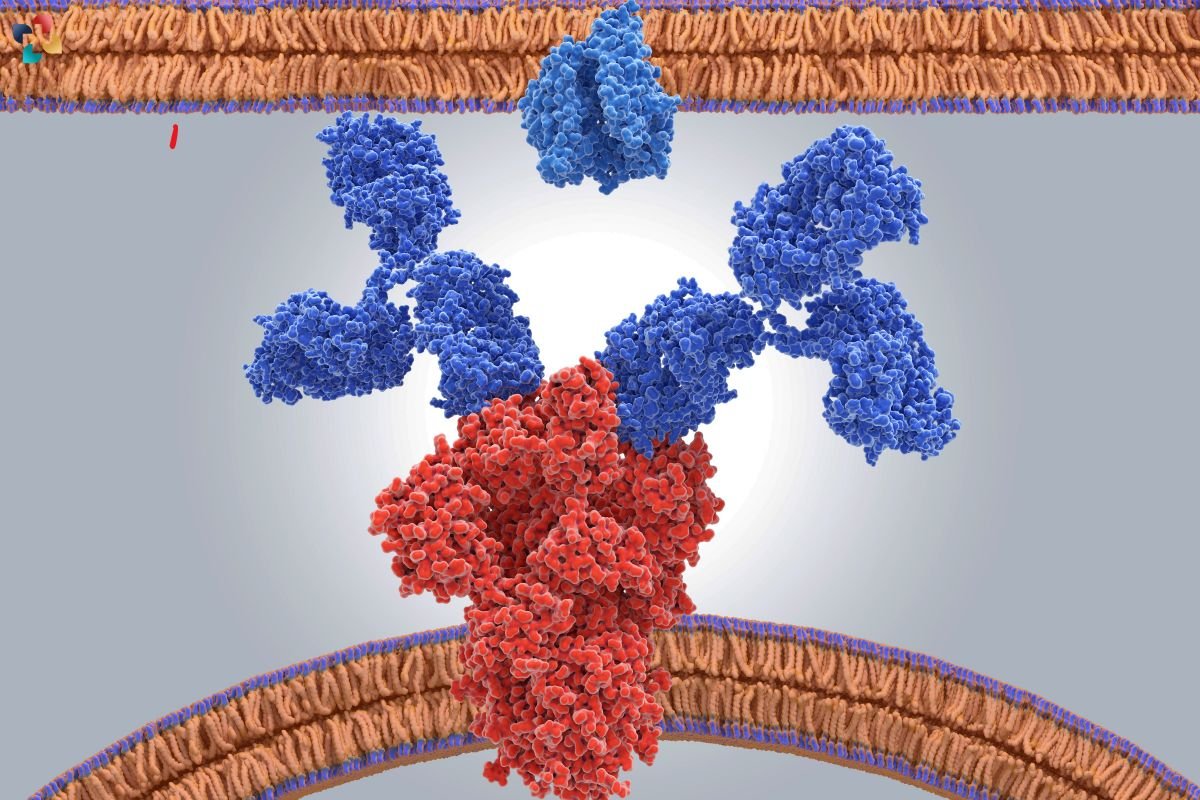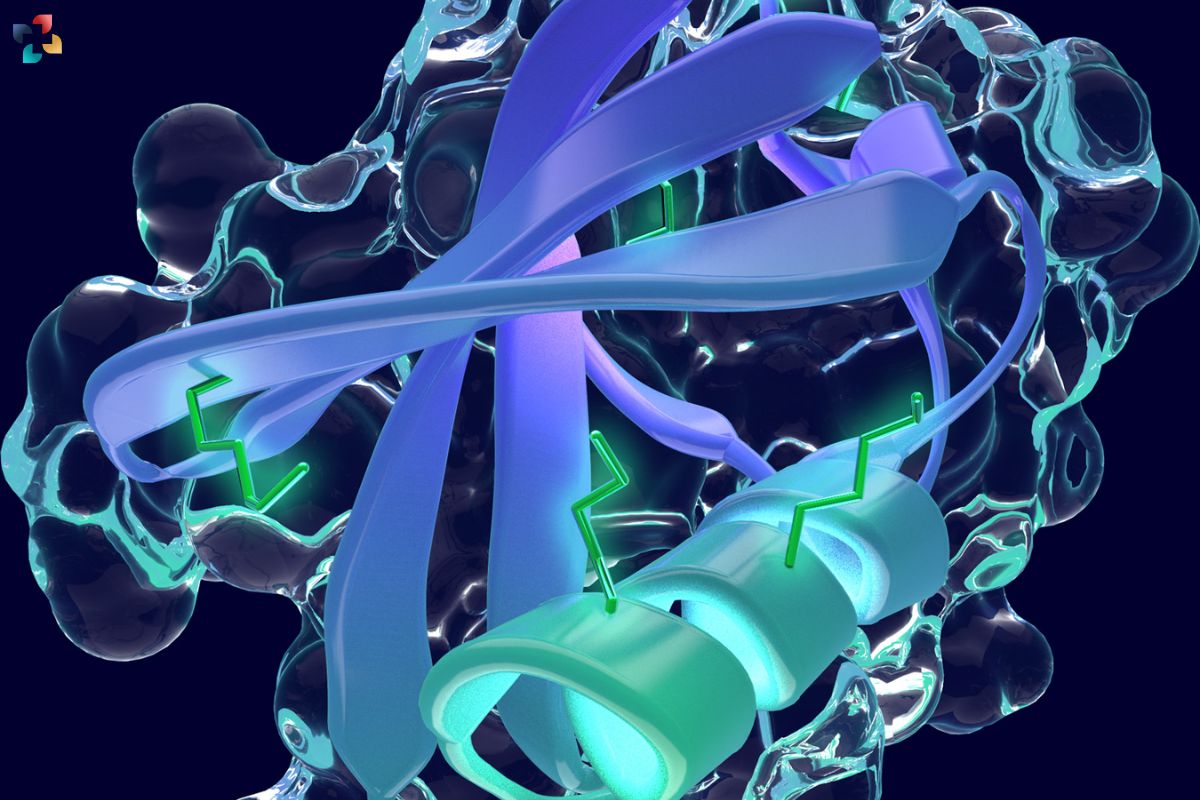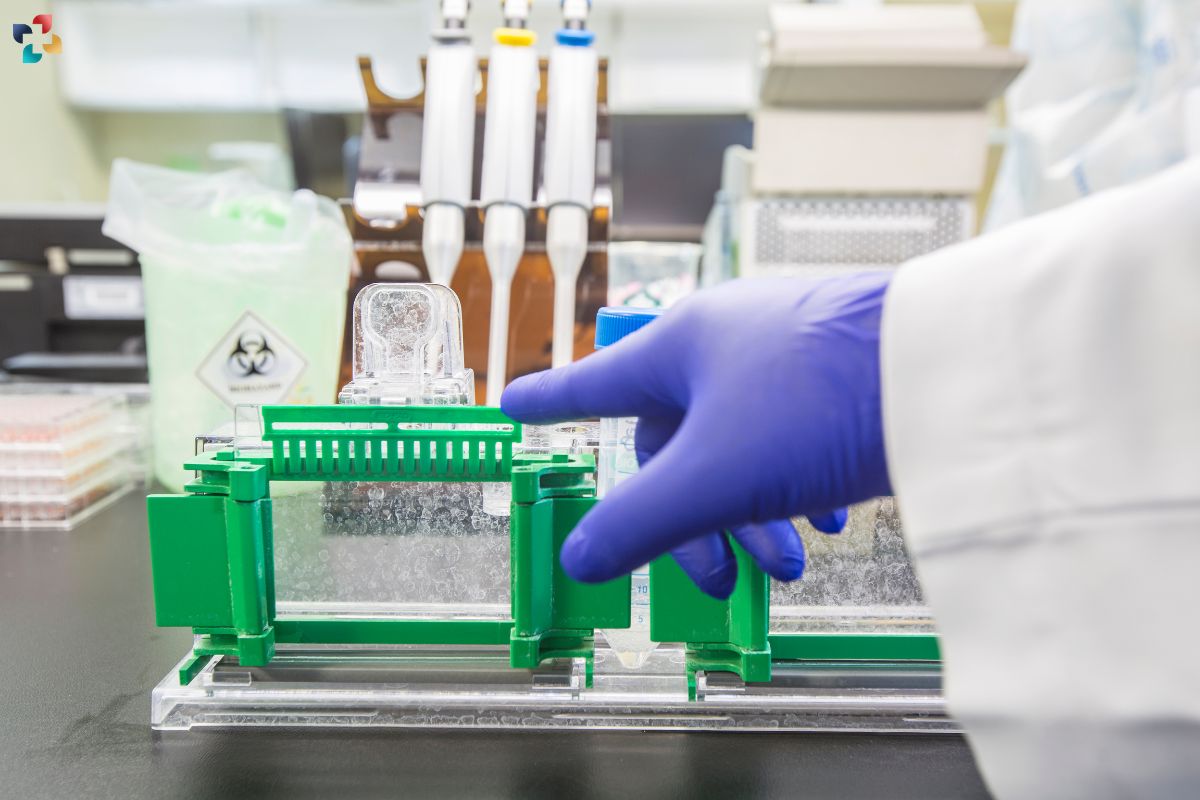Western Blotting is a widely used analytical technique in molecular biology and biochemistry for detecting specific proteins in a complex mixture. This technique, also known as immunoblotting, has become a cornerstone in the study of protein expression, function, and post-translational modifications. This article provides an in-depth look at the principles, procedures, applications, and advancements in Western Blotting, highlighting its indispensable role in modern scientific research.
The Principles of Western Blotting
1. Basic Concept
Western Blotting involves the separation of proteins based on their size using gel electrophoresis, followed by their transfer to a membrane and subsequent detection using specific antibodies. The process can be broken down into several key steps:
- Sample Preparation: Proteins are extracted from cells or tissues and prepared for analysis.
- Gel Electrophoresis: Proteins are separated according to their molecular weight.
- Transfer: Separated proteins are transferred onto a membrane, typically made of nitrocellulose or polyvinylidene fluoride (PVDF).
- Blocking: The membrane is blocked to prevent non-specific binding of antibodies.
- Antibody Incubation: The membrane is incubated with primary and secondary antibodies to detect the target protein.
- Detection: The protein-antibody complexes are visualized using various detection methods.
2. Gel Electrophoresis
The first step in Western Blotting is gel electrophoresis, typically performed using sodium dodecyl sulfate-polyacrylamide gel electrophoresis (SDS-PAGE). This technique denatures proteins and imparts a negative charge, allowing them to be separated based on size as they migrate through the gel matrix.
3. Protein Transfer
After separation, proteins are transferred from the gel onto a membrane. This step can be accomplished using different methods:
- Wet Transfer: Involves immersing the gel and membrane in a buffer solution and applying an electric field.
- Semi-Dry Transfer: Uses minimal buffer and requires less time than wet transfer.
- Dry Transfer: A newer technique that uses no buffer and reduces transfer time.
4. Antibody Binding

The membrane is incubated with a primary antibody specific to the target protein. A secondary antibody, conjugated to a reporter enzyme like horseradish peroxidase (HRP) or alkaline phosphatase (AP), is then applied. This secondary antibody binds to the primary antibody, forming a detectable complex.
Detection Methods
Detection methods for Western Blotting include:
- Chemiluminescence: The most common method, where the enzyme on the secondary antibody catalyzes a reaction that emits light.
- Colorimetric Detection: Produces a colored precipitate on the membrane.
- Fluorescence Detection: Uses fluorescently labeled antibodies for direct visualization.
Applications of Western Blotting
1. Protein Expression Analysis
Western Blotting is extensively used to measure the expression levels of specific proteins in different samples. This application is crucial in research areas such as cell biology, cancer research, and developmental biology, where understanding protein dynamics is essential.
2. Post-Translational Modifications
Researchers use Western Blotting to study post-translational modifications such as phosphorylation, ubiquitination, and glycosylation. These modifications often regulate protein function and are critical in signal transduction pathways.
3. Disease Diagnostics
Western Blotting plays a vital role in the diagnosis of various diseases. For instance:
- HIV Diagnosis: Western Blotting is used as a confirmatory test for the presence of HIV antibodies.
- Lyme Disease: Detects specific antibodies against Borrelia burgdorferi, the causative agent of Lyme disease.
4. Validation of Genetic Manipulations

In genetic studies, Western Blotting is used to validate the knockdown or overexpression of target genes. This is particularly important in functional genomics and gene therapy research.
5. Research in Neurobiology
Western Blotting is instrumental in neurobiology research for studying protein changes in neurological disorders such as Alzheimer’s, Parkinson’s, and Huntington’s diseases.
Innovations and Advancements in Western Blotting
1. Automated Western Blotting
Automation has revolutionized Western Blotting, increasing throughput and reproducibility. Automated systems streamline the entire process from gel electrophoresis to detection, saving time and reducing human error.
2. Multiplexing Capabilities
Advancements in multiplexing allow the simultaneous detection of multiple proteins on the same membrane. This is achieved using different antibodies conjugated to distinct fluorophores, enabling researchers to gather more data from a single experiment.
3. Improved Detection Sensitivity
Enhanced detection methods have improved the sensitivity of Western Blotting, allowing for the detection of low-abundance proteins. Innovations such as enhanced chemiluminescence (ECL) substrates and highly sensitive fluorescent dyes have pushed the limits of detection.
4. Digital Imaging and Quantification
The integration of digital imaging systems with Western Blotting has facilitated precise quantification of protein bands. Software tools provide accurate densitometry analysis, enabling quantitative comparisons between different samples.
5. Capillary Electrophoresis Western Blotting (CE-WB)
CE-WB combines capillary electrophoresis with Western Blotting, offering higher resolution and faster run times compared to traditional methods. This technique is particularly useful for analyzing small sample volumes and complex protein mixtures.
Challenges and Solutions in Western Blotting
1. Non-Specific Binding
Non-specific binding of antibodies can lead to background noise and false positives. Solutions include optimizing blocking conditions, using highly specific antibodies, and employing stringent washing protocols.
2. Inconsistent Transfer Efficiency
Inefficient protein transfer from gel to membrane can affect the accuracy of results. Ensuring proper equilibration of gels and membranes, maintaining consistent transfer conditions, and using high-quality transfer apparatus can mitigate this issue.
3. Quantification Difficulties
Quantifying protein bands can be challenging due to variability in signal intensity. Using internal controls and loading standards, along with advanced imaging software, can improve quantification accuracy.
4. Protein Degradation

Proteins can degrade during sample preparation, affecting the reliability of results. Using protease inhibitors and keeping samples on ice during preparation can prevent degradation.
Best Practices for Western Blotting
1. Optimizing Antibody Concentrations
Determining the optimal concentrations of primary and secondary antibodies is crucial for achieving clear, specific bands. Performing antibody titrations can help identify the ideal working concentrations.
2. Proper Gel Casting and loading
Consistent gel casting and careful sample loading are essential for uniform protein separation. Using fresh gels and precision pipetting techniques can enhance reproducibility.
3. Standardizing Protocols
Standardizing protocols across experiments ensures consistency and comparability of results. Documenting and adhering to detailed protocols can reduce variability.
4. Data Analysis and Reporting
Accurate data analysis and transparent reporting of Western Blotting results are vital for scientific integrity. Including loading controls, replicates, and appropriate statistical analysis strengthens the validity of findings.
Conclusion
Western Blotting remains a fundamental technique in molecular biology and biochemistry, providing valuable insights into protein function and regulation. From its basic principles to its diverse applications and ongoing innovations, Western Blotting continues to evolve, offering researchers powerful tools for scientific discovery. By understanding and addressing its challenges, and by adopting best practices, scientists can maximize the reliability and impact of their Western Blotting experiments. As technology advances, Western Blotting is poised to remain at the forefront of protein analysis, driving forward our understanding of complex biological systems.











